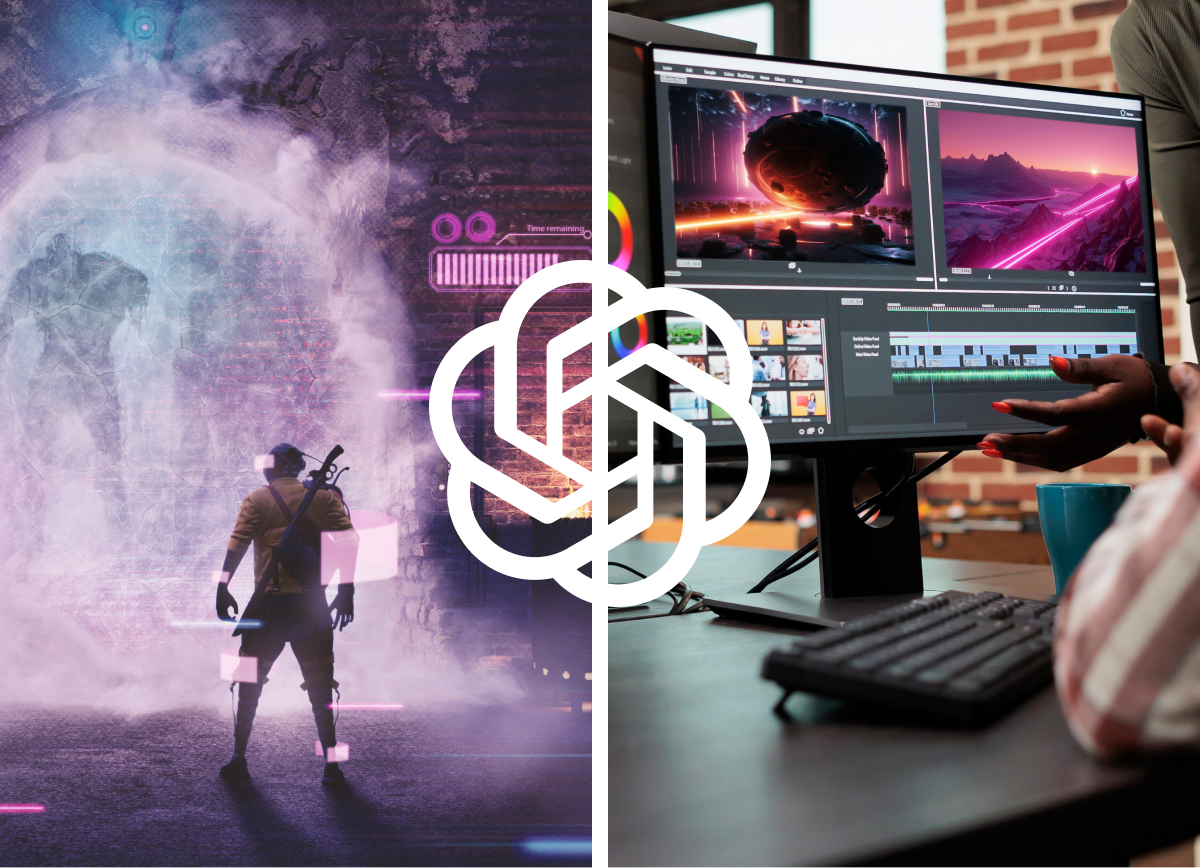
Among the most outstanding JavaScript frameworks in the market, today is Angular. Formerly AngularJS, the framework has had a long journey since its inception in 2009 within the walls of Tech Giant, Google. The goal for Angular was to help developers of web applications to make their work easier, following the decline of JQuery as a useful framework. Integrating HTML code with other various application modules, Angular provided a framework that was ideal for the creation of rich websites.
Like any other invention in the tech world, Angular was not with a few setbacks. Being a derivative of JavaScript, Angular began to suffer major setbacks when its parent framework started to get major updates. Furthermore, other frameworks and libraries like Vue and React were rocking the market and making it more and more difficult for Angular to be implemented everywhere. This meant that Angular would require major and consistent improvements if it was to remain on the market. Luckily, engineers at Google were up for the challenge, releasing various versions of Angular which were better and more robust.
Today, Angular 5 is in use, and it provides startups with a framework that is just as promising as any other. Having maintained its initial benefits, Angular 5 comes packed with even more functionality which makes it worthy of startup attention.
Two Way Data Binding
One of the greatest advantages which developers enjoy today is two-way data binding which Angular provides. In two-way data binding, manipulation or changes made in data from each side of a web application (server side and client side) is reflected on the corresponding side. The advantages of data binding for programmers is that testing becomes a much easier job. The identification of processes which interact with and modify data individually gives developers a much clearer picture of the processes and this, in turn, makes the testing of various components a faster process.
Dependency Injection
Angular also receives much of its appraisal and approval from its inbuilt dependency injection features. Dependency refers to a state where an instruction or piece of software relies on data from another piece of software to function. Dependency injection is where one piece of code (such as a class) automatically acquires its dependencies from another piece of code rather than create them itself. Two advantages arise from DI.
First, there is the decoupling of various components of code, allowing even further modularization which makes the code simpler and cleaner. The biggest advantage for DI is that testing of code becomes very simple. If a developer wants to test the performance of a piece of code, all they have to do is manipulate the dependencies of that code and run the appropriate tests. The need to create new dependencies within a class, for instance, is removed.
Simplified Progressive Web Application
PWAs have received much hype in recent months thanks to their ability to combine the beneficial features of web pages with features from native or mobile applications. The latest release of Angular, Angular 5.0, implements the integration of these features in a simpler way while adding other mobile features such as push notifications and the ability to access data while offline.
Custom Directives
Custom directives in Angular allow developers to create their own custom tags within applications as well as manipulation of DOM elements in many ways. It is also possible to style elements with various behaviors, making your web application more responsive and interactive.
Community
An added advantage for startups in using Angular is that there is a vast amount of documentation as well as a strong community support, making the learning and implementation process faster. Developers will spend less time on coding and more on decision-making processes and on building new models for the business to operate.
Angular has many benefits for a startup, but there are hurdles and limitations which may cause difficulties in its implementation and operation overall.
Learning Curve
Angular is a highly detailed and versatile JavaScript framework. Over time, there have been many major iterative improvements made to it which has resulted in a large library and methodology in the completion of tasks. While it may sound like an advantage to have many ways of performing one function, it becomes very confusing and tiresome to decide which is the best for the application in terms of dependencies and the interactions with other components within the application.
Performance
Web applications created using Angular tend to be complex and dynamic. As such, these applications are lacking when it comes to performance. Single page applications built with Angular tend to be large and complex under the hood, making them inconvenient and laggy.
JavaScript Dependent
Being a derivative of JavaScript, Angular fails to function outside of its boundaries. If, say, a user was to disable JavaScript in their browser, they would not be able to see any Angular coded features within a web application, and only the basic page would be visible. This degradable nature of Angular makes it a limited tool in building web applications.
What is most important while considering Angular as a startup company is whether or not it will accomplish the goals you have put down for your web application platform. The number of resources, especially time, is also a significant factor to be considered when making the choice. In general, Angular has more pros than cons to it and may be a good place to start while avoiding progress deadlock in development.


